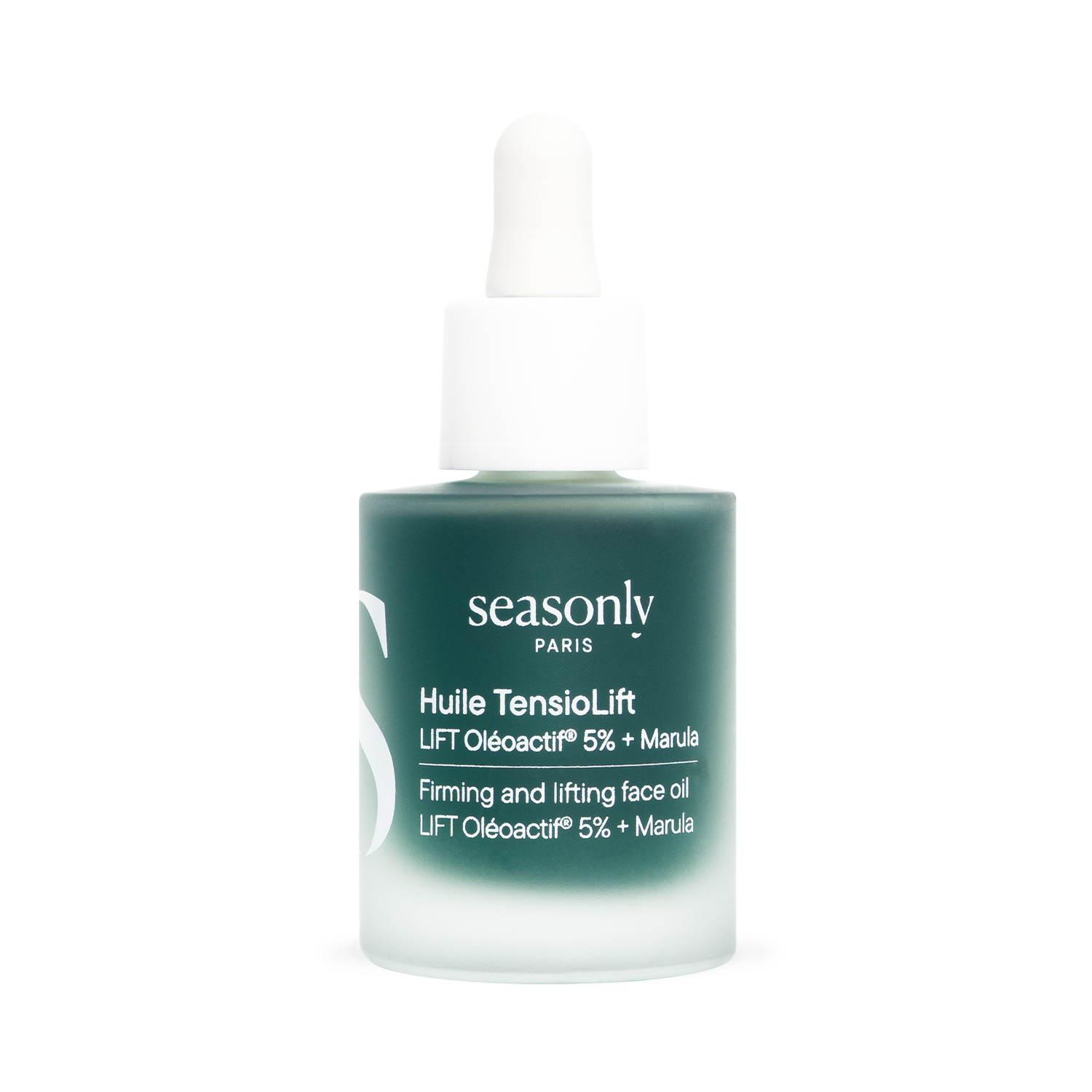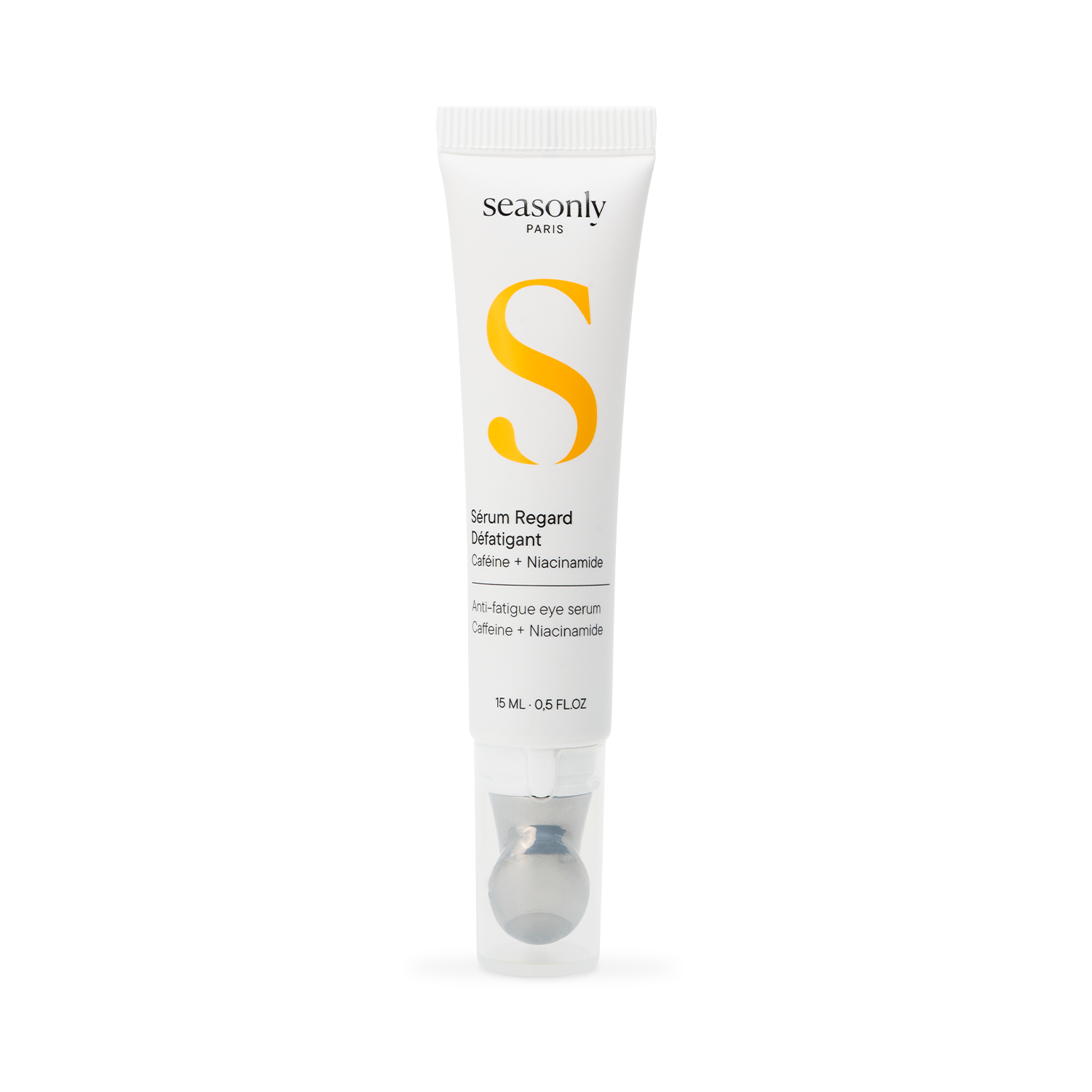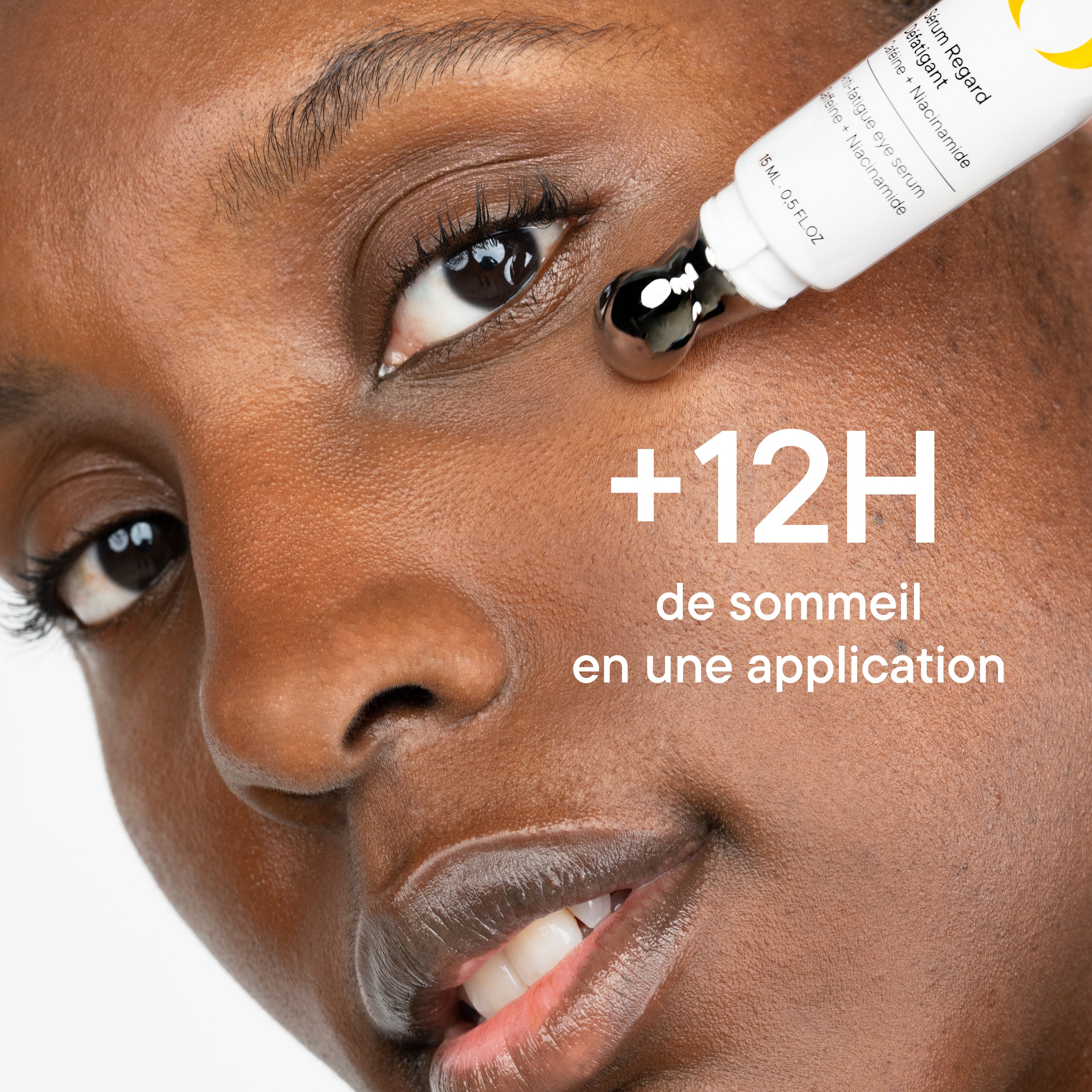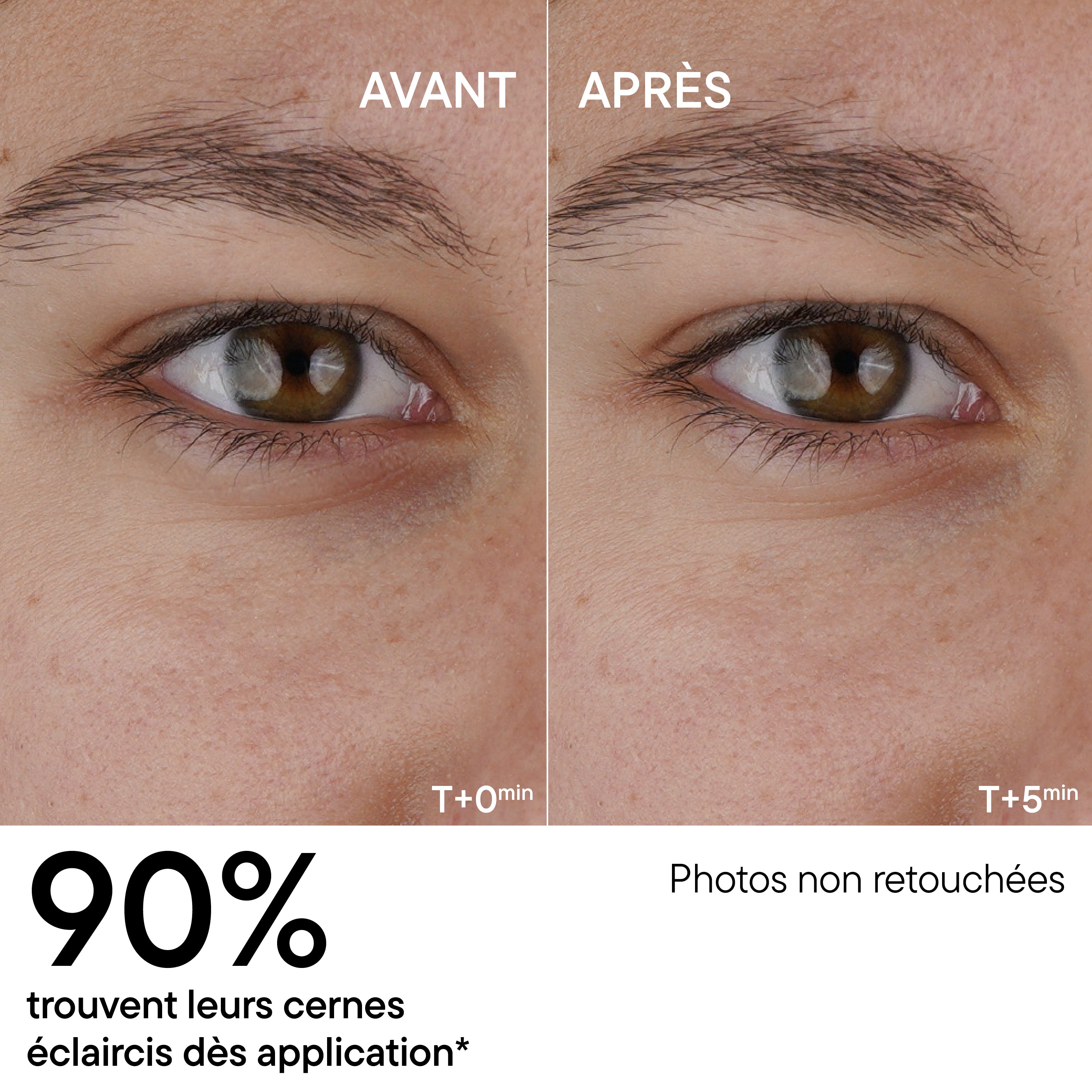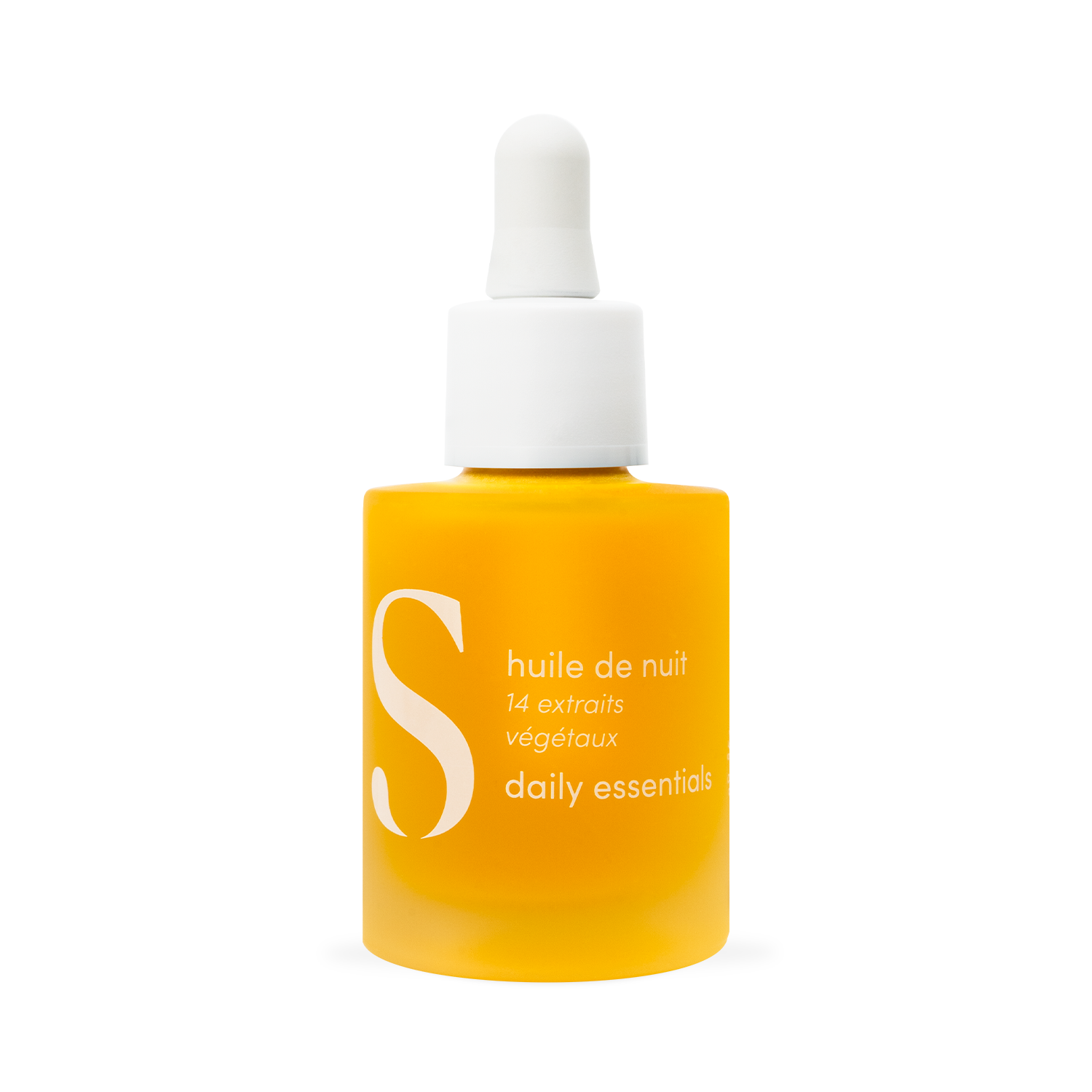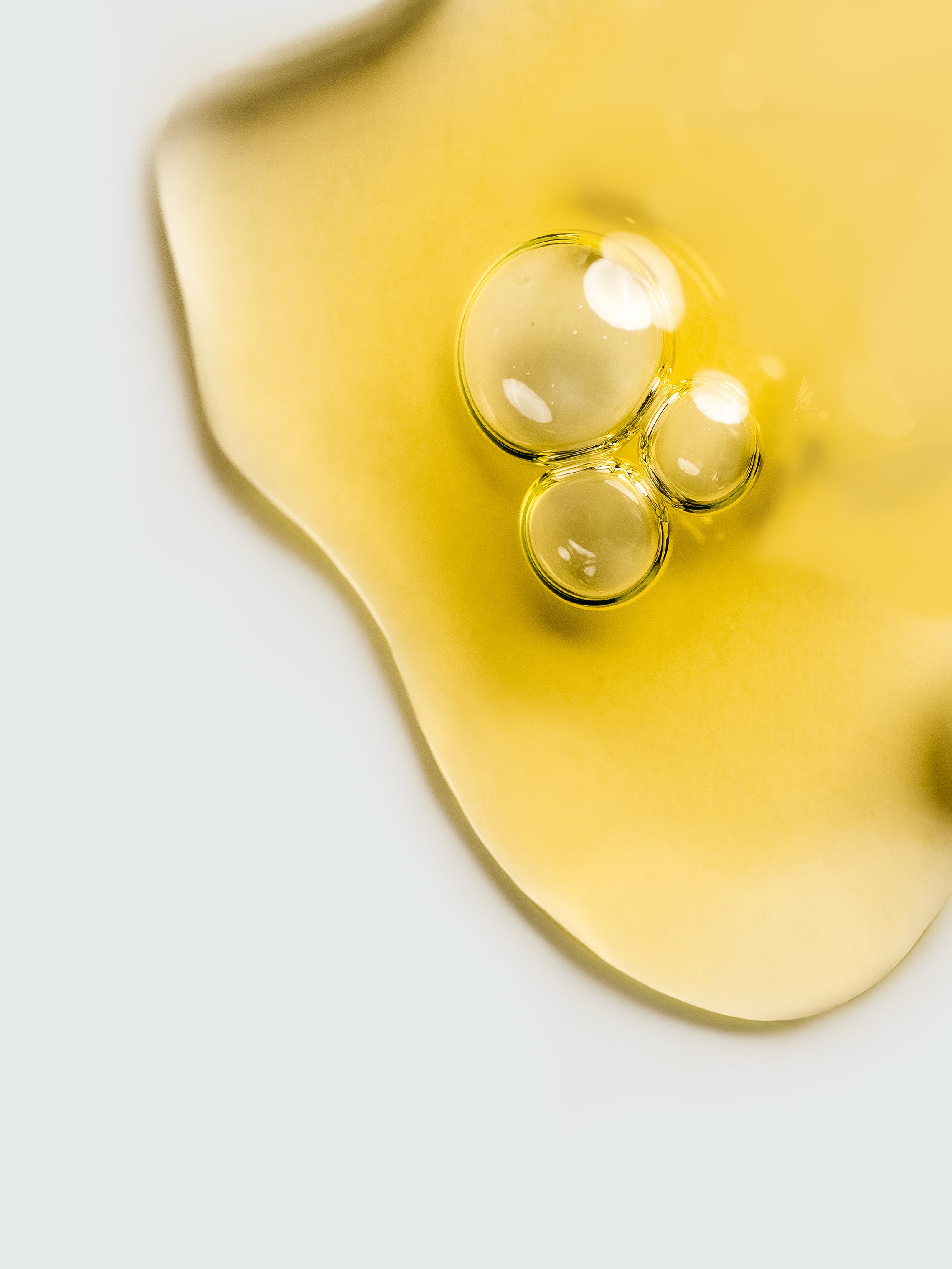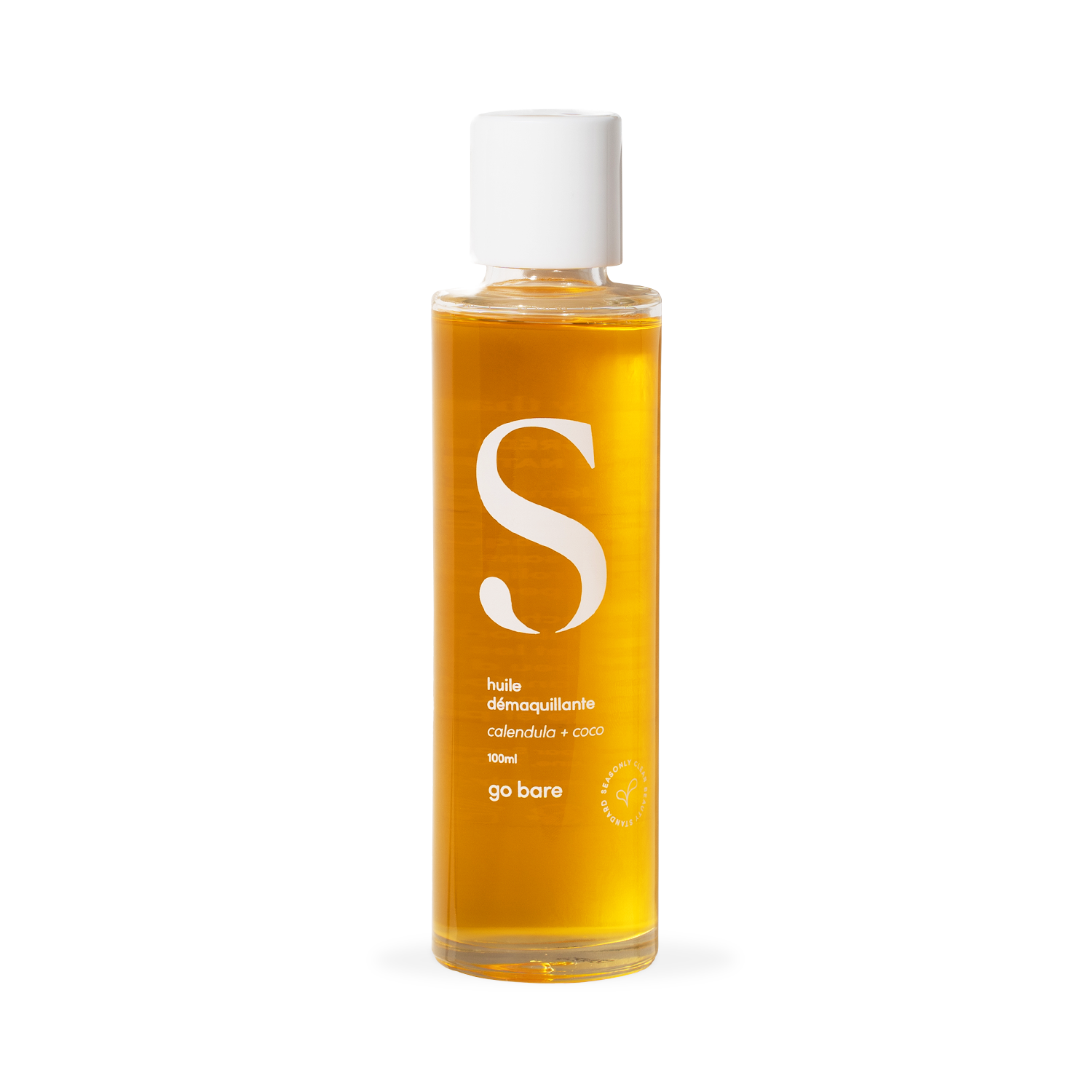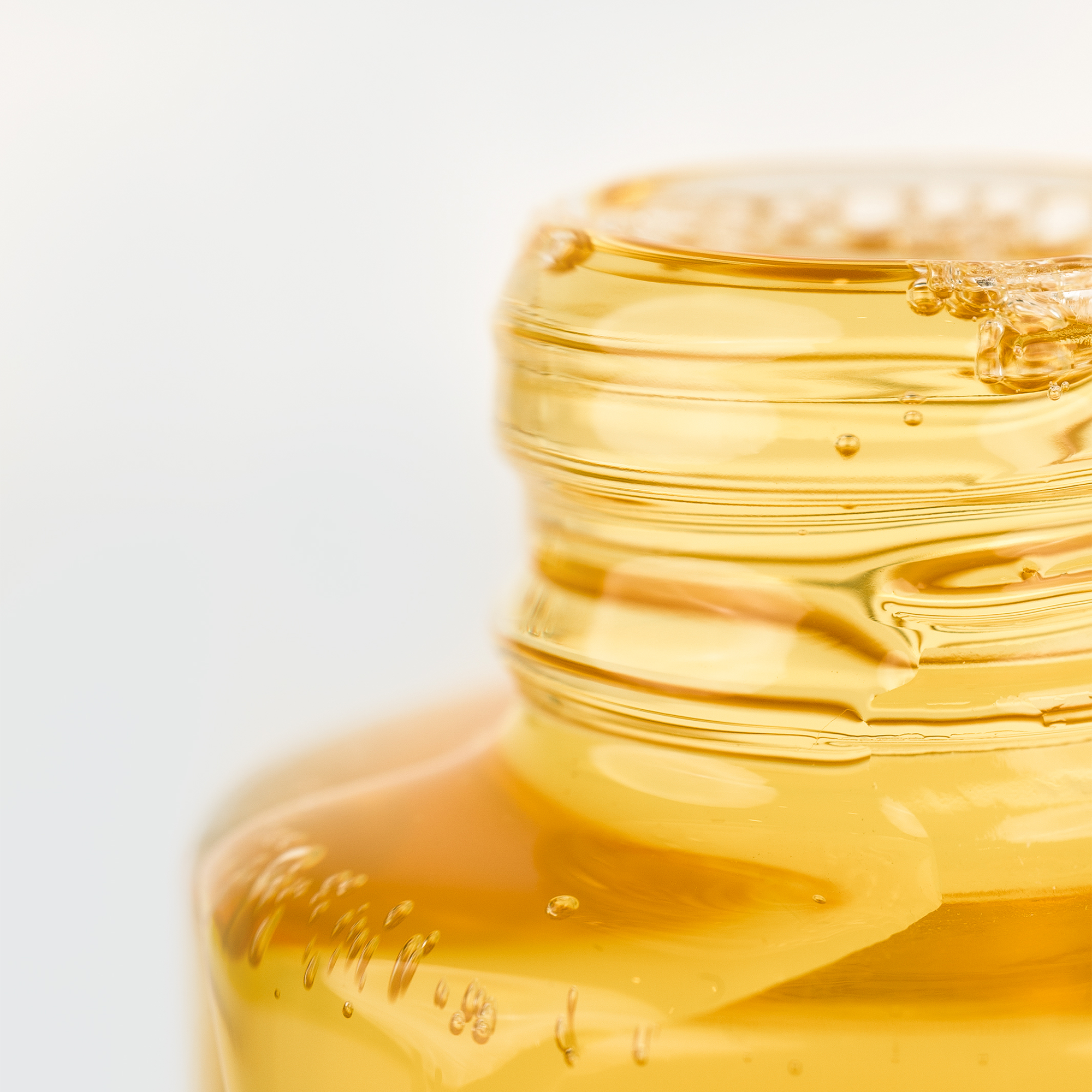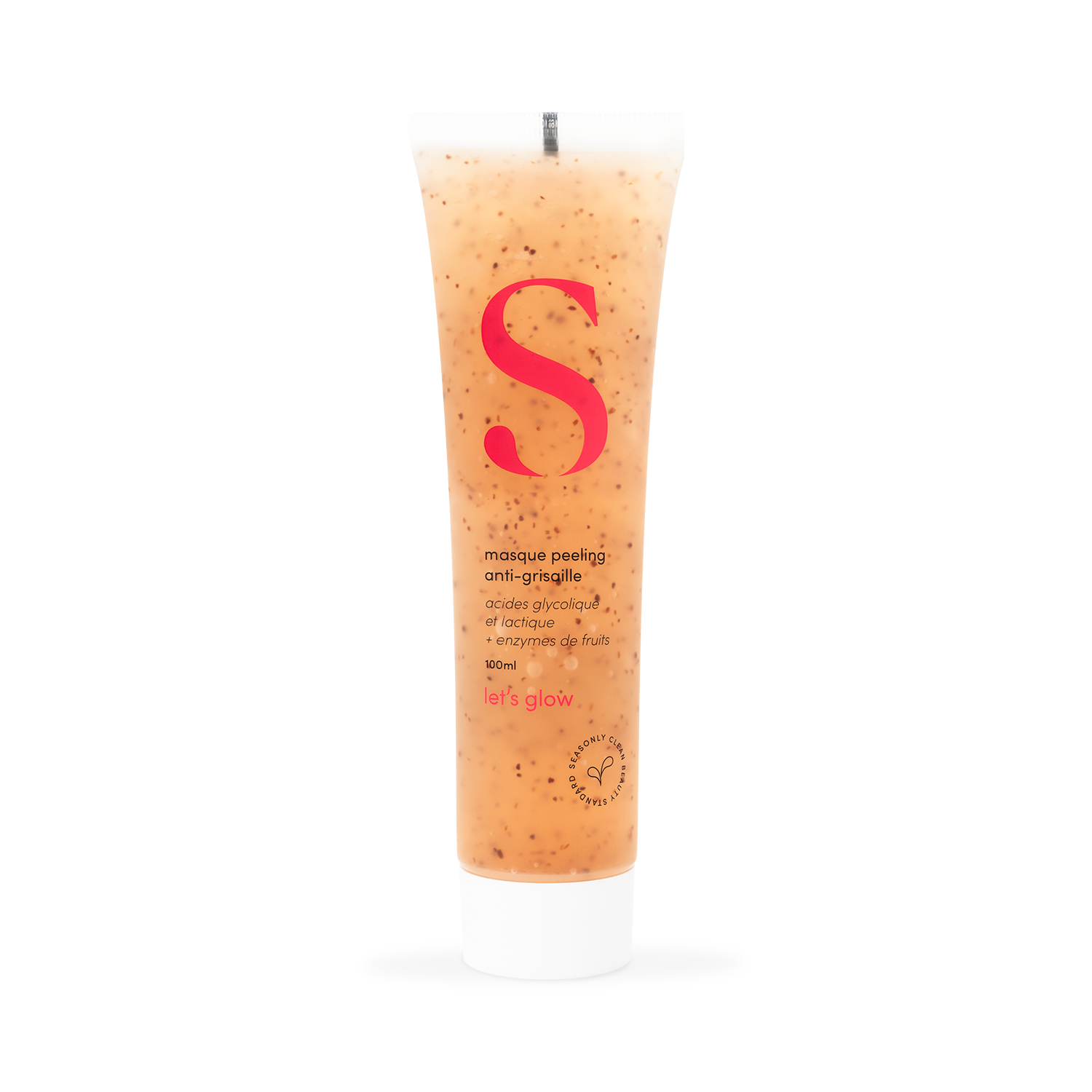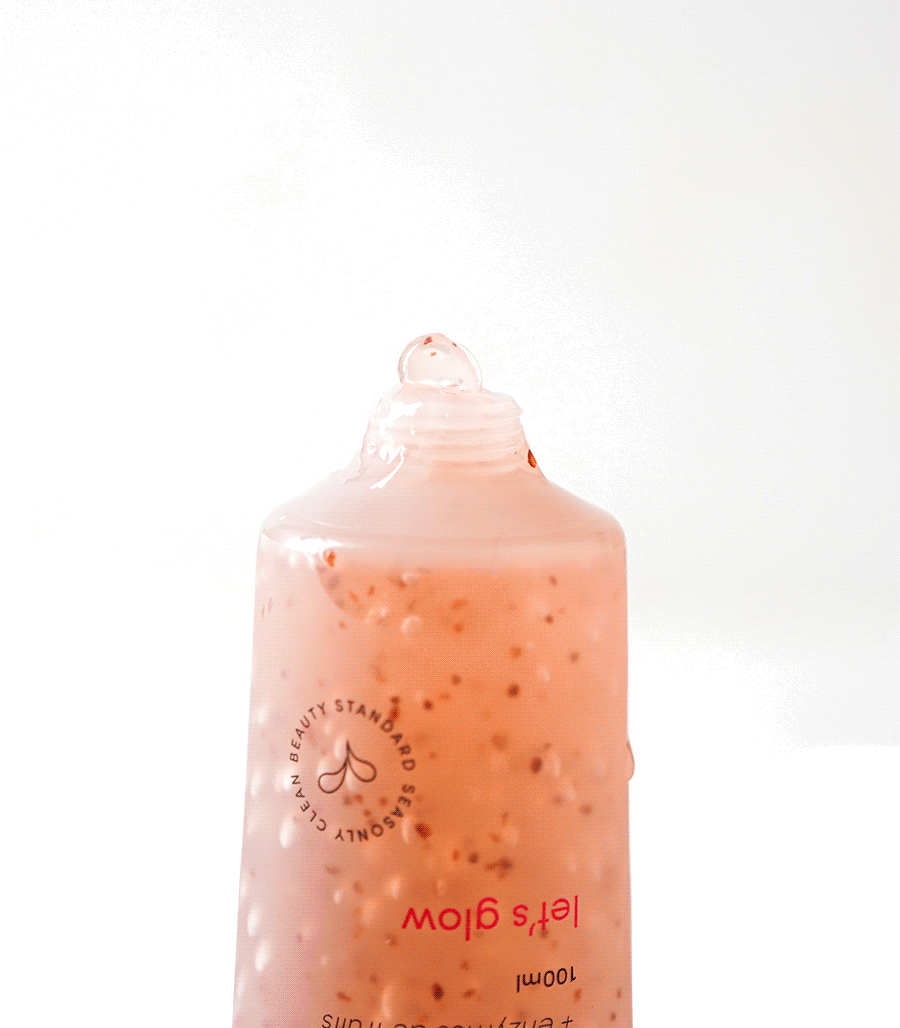The Relationship Between Muscles and Your Skin
What is the connection between the appearance of the skin and the functioning of the muscles? Well, everything is interdependent!
The human face is a complex structure composed of muscles, skin, and connective tissues that interact dynamically to enable facial expression, speech, and other functions. Among these muscles, the skin muscles play a crucial role. Understanding how they work, their influence on skin aging, and the benefits of facial massage is essential to adapting your skincare routine.
How does it work?
We are used to seeing only the skin of the face, without thinking about what supports it. However, beyond visible characteristics such as color or texture, the appearance of the skin depends largely on what is underneath. Below, we find various elements, including adipose tissue, that is, the pockets of fat that give volume to the face. But above all, there is an essential structure: the skin muscles.
What are the platysma muscles?
The platysma muscles, or mimetic muscles, are a group of thin muscles located just under the skin of the face. Unlike other muscles in the body that are usually attached to bones, platysma muscles are attached to the skin, which is how they move the skin to create expressions. There are no fewer than 50 of them on your face and neck, but here are the main ones:
-
The frontal muscles (at the forehead level) - these are the ones we work when we want to smooth out forehead wrinkles and relax the upper part of the eye area (at the eyebrow arch level).
- The temporalis and orbicularis muscles (around the eyes) - these are the ones we work when we want to enlarge and lift the eyes, reduce frown lines and crow's feet or reduce dark circles and bags.
- The zygomatic, masseter and buccinator muscles (at the cheek level) - these are the ones we work when we want to raise the cheekbones, relax tension in the jaw and redefine the oval of the face.
- The levator muscles of the upper lip and orbicularis oris - these are the muscles that we work when we want to soften the nasolabial fold, plump up the lips and smooth out wrinkles at the top of the lip.
- The digastric and sternocleidomastoid muscles (at the neck level) - these are the ones we work when we want to decongest the oval, reshape the underside of the chin and relieve tension in the neck.
What happens with time?
With age, the production of collagen and elastin decreases, reducing the firmness and elasticity of the skin. Repetitive movements of the skin muscles will accentuate the formation of wrinkles and fine lines, especially around the eyes, mouth, and forehead.
The loss of muscle volume and the effect of gravity then contribute to the sagging of the skin, leading to the appearance of jowls and sometimes a double chin. The relaxation of the skin muscles, which atrophy over time, accelerates this process by reducing their ability to keep the skin taut. This atrophy promotes the appearance of static wrinkles, visible even at rest.
How can facial massage help counteract this phenomenon?
As with the body with sport, you can train your skin through massage. By using techniques such as lymphatic drainage, face sculpting and Kobido to work your skin muscles, you stimulate lymphatic and blood microcirculation, thus promoting cellular regeneration. These gestures help to relax and smooth the muscles, relieve facial tension, oxygenate the tissues and maintain the health of the cells, from the base of the epidermis to the formation of the horny layer.
And this practice will also act on static wrinkles, which tend to follow gravity, by stimulating the muscles responsible. It also relaxes the muscles whose contraction contributes to mechanical wrinkles, those linked to different facial expressions and loss of skin elasticity.
To practice these massages, you can consult our facial experts in our Skin Studios , or do it yourself. If you opt for self-massage, always start by applying an oil to protect your skin from mechanical aggressions while treating it. We recommend using our TensioLift Oil , an oil with a botox-like effect that inhibits muscle contractions that cause wrinkles and fine lines.






